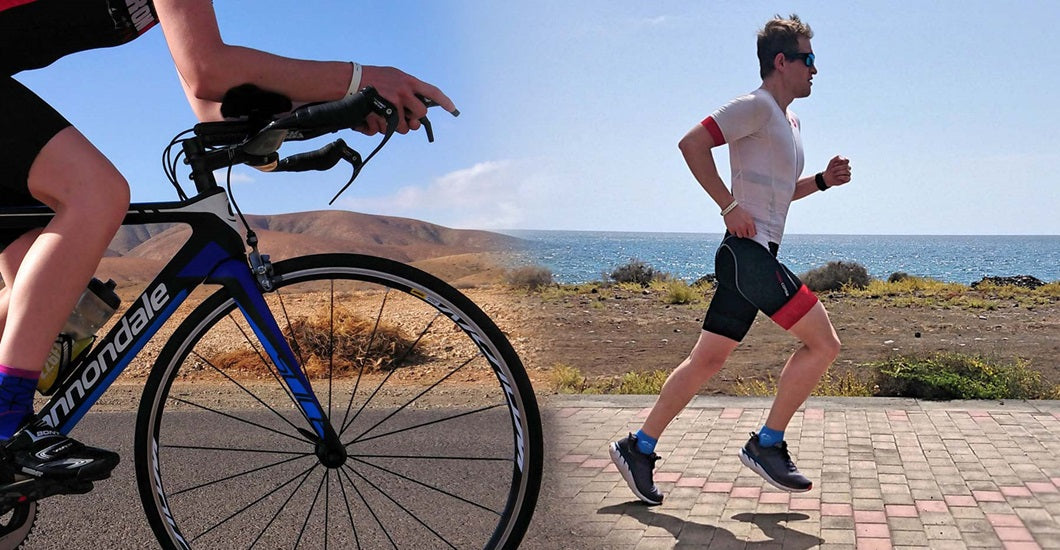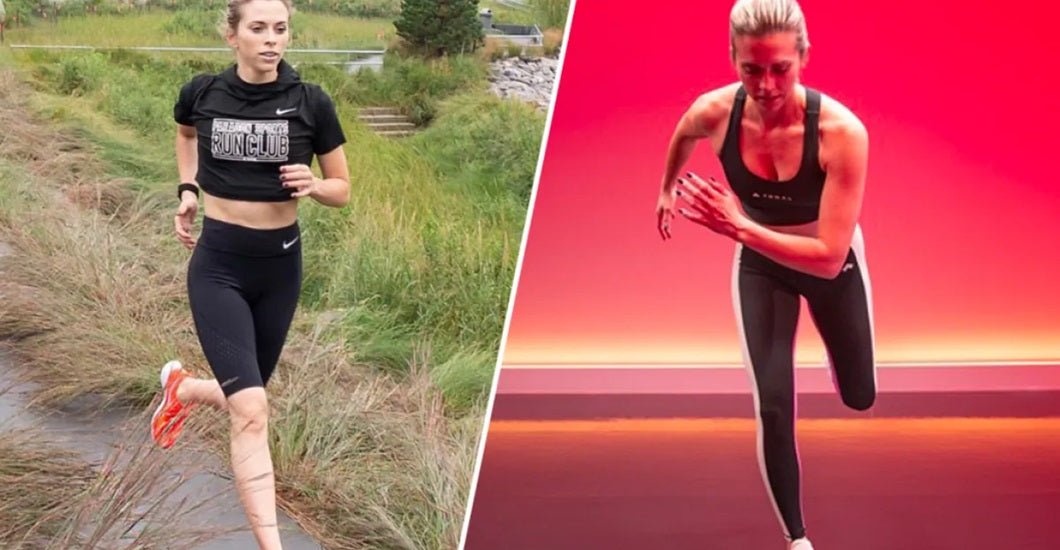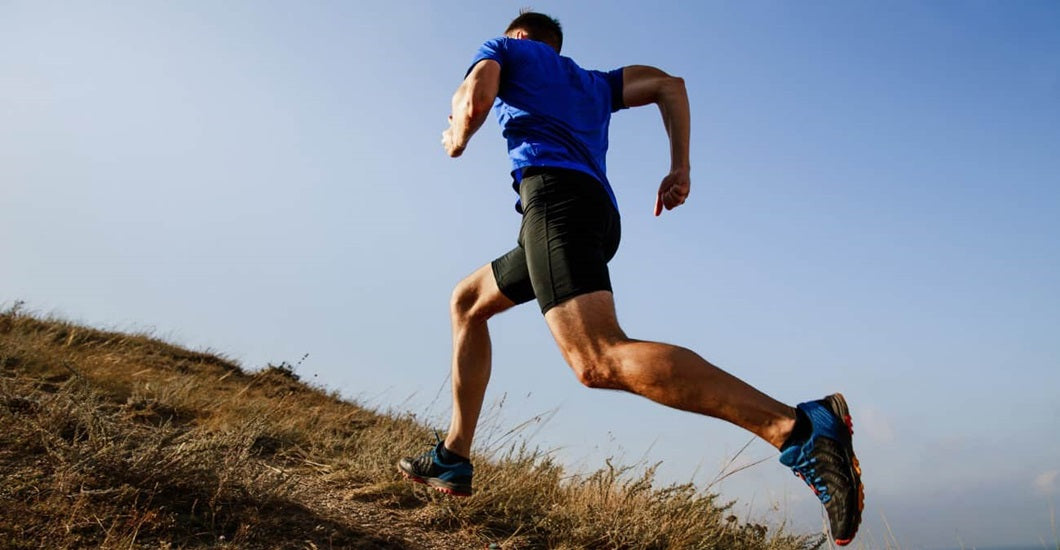In the pursuit of athletic excellence, a growing body of evidence emphasizes the significance of cross-training - an approach that extends beyond the confines of a singular sport. Diversifying one's training regimen not only enhances overall fitness but also mitigates the risk of overuse injuries, fosters improved mental resilience, and optimizes performance. Athletes across various disciplines increasingly recognize the value of incorporating complementary activities into their routines, paving the way for a holistic and sustainable approach to training.
Among the myriad of cross-training options, the symbiotic relationship between biking and running stands out as a dynamic and mutually beneficial pairing. This integration extends beyond mere variety in workouts; it holds the potential to significantly enhance running performance.
This exploration delves into the biomechanical, physiological, and psychological dimensions of how incorporating biking into a runner's training routine can lead to improved speed, endurance, and overall athletic prowess.
The Mechanics Of Running and Biking
Muscle Groups Involved in Biking and Running:
To comprehend the transformative impact of biking on running performance, it is crucial to dissect the intricate orchestra of muscle engagement in both activities.
In the realm of biking, the quadriceps, hamstrings, calves, and gluteal muscles take center stage, propelling the cyclist forward with each pedal stroke.
In contrast, running engages a broader spectrum of muscles, including the core, hip flexors, and various stabilizing muscles.
Understanding this nuanced interplay sets the stage for unraveling how the amalgamation of these activities can lead to comprehensive athletic development.
Comparison of the Biomechanics of Biking and Running:
The biomechanics of biking and running, though rooted in the common goal of forward propulsion, diverge significantly.
Biking, with its cyclical and low-impact nature, places less strain on joints compared to the repetitive impact of running. The smooth, circular motion of pedaling contrasts with the rhythmic, bouncing strides of running.

Complementary Effects on Muscle Development and Flexibility:
The synergy between biking and running extends beyond mere muscle engagement; it delves into the realm of comprehensive fitness development. Biking, with its emphasis on quadriceps and gluteal strength, complements the muscle groups often neglected in running.
Moreover, the low-impact nature of cycling provides an avenue for active recovery, allowing runners to maintain training intensity without overburdening joints.
Simultaneously, running's dynamic nature fosters flexibility and joint mobility, addressing potential limitations associated with the more repetitive movements of cycling.
The complementary between muscle development and flexibility establishes a foundation for a well-rounded athlete, poised for enhanced running performance.
Aerobic Exercise
The Cardiovascular Benefits of Biking:
Biking stands as a formidable conductor of cardiovascular fitness. As the heart pumps vigorously, delivering oxygen-rich blood to working muscles, the sustained rhythm of pedaling elevates heart rate and enhances overall cardiovascular endurance.
The controlled intensity of biking not only promotes a healthy heart but also stimulates efficient oxygen utilization, a fundamental aspect of sustained aerobic activity.
How Improved Aerobic Capacity Contributes to Faster Running:
At the core of running prowess lies the ability to sustain aerobic efforts over extended periods. The cardiovascular gains accrued through biking play a pivotal role in bolstering aerobic capacity—a key determinant of running speed and endurance. By optimizing oxygen uptake and utilization, the body becomes more adept at fueling the demands of sustained running efforts.
The Concept of "Active Recovery" through Biking:
Beyond its role as a cardiovascular powerhouse, biking serves as a strategic player in the realm of active recovery. The low-impact nature of cycling provides a reprieve for joints stressed by the high-impact nature of running.
Engaging in biking during recovery periods allows athletes to maintain a level of physical activity without exacerbating fatigue or risking overtraining. This concept of "active recovery" fosters a balance between training intensity and essential recuperation.
Strength and Endurance
How Biking Builds Lower Body Strength:
Biking, with its relentless demand on pedal power, emerges as a formidable architect of lower body strength. The concentric and eccentric contractions of muscles during pedaling—particularly in the quadriceps, hamstrings, and gluteal muscles—create a robust foundation for strength development.
As cyclists navigate varying terrains and resistances, they engage these muscle groups dynamically, fostering not only raw power but also endurance in the lower extremities.
Impact on Endurance and Stamina for Running:
The marriage of biking and running extends beyond strength to embrace the endurance realm. Biking, with its ability to sustain prolonged efforts, catalyzes enhancing overall stamina. The aerobic demands placed on the cardiovascular system during extended bike rides contribute to an athlete's ability to endure prolonged periods of physical exertion. This, in turn, translates into improved stamina for running endeavors.
Cross-Training as a Means to Reduce the Risk of Running-Related Injuries:
One of the often-overlooked benefits of incorporating biking into a runner's training repertoire is its role as a risk mitigator for running-related injuries. The lower-impact nature of biking provides respite for joints and connective tissues, allowing runners to engage in cardiovascular exercise without subjecting their bodies to the constant pounding associated with running. By embracing biking as a cross-training modality, athletes introduce variety into their routines, redistributing stress across different muscle groups and movement patterns.
How To Transit Between Biking and Running?
Tips for Transitioning Seamlessly Between the Two Activities:
- Gradual Integration:
Ease into the transition by gradually incorporating both biking and running into your routine. Start with shorter sessions and progressively increase the duration as your body adapts to the demands of each activity.
- Proper Warm-Up:
Prioritize a thorough warm-up that targets the muscles used in both biking and running. Dynamic stretches, light jogging, and mobility exercises prepare your body for the specific movements of each activity, reducing the risk of injury.
- Transition Workouts:
Integrate transition workouts into your routine where you combine short bursts of biking with running. This not only helps your body adapt to the switch but also enhances your cardiovascular fitness for a smoother transition.
- Footwear Considerations:
Opt for versatile footwear that accommodates both biking and running. While specialized shoes exist, choosing a pair that offers adequate support for running while maintaining efficiency on the bike can enhance comfort during transitions.
- Mindful Pacing:
Be mindful of pacing during transition phases. Understand that the muscles used in biking may not be the same as those used in running, and vice versa. Adjust your intensity accordingly to avoid early fatigue.
- Hydration and Nutrition:
Transitioning between biking and running can be physically demanding. Stay well-hydrated and fuel your body with a balanced diet that supports the energy demands of both activities. Proper nutrition aids recovery and sustains performance across the transition.
- Vary Transition Distances:
Experiment with different transition distances. Some sessions may involve shorter transitions to focus on speed, while others may incorporate longer transitions to build endurance. Variety keeps your training dynamic and challenges your body in different ways.
- Cross-Training Sessions:
Incorporate dedicated cross-training sessions where you seamlessly switch between biking and running. These sessions help simulate race conditions and improve your ability to adapt to the demands of each activity.
- Post-Activity Recovery:
After completing a biking or running session, prioritize proper cool-down techniques. Stretching and mobility exercises can aid in reducing muscle stiffness and promote a smoother transition to the next activity.
Simulate a Training Plan for riding and Running
Note: This training plan is a sample and should be adjusted based on individual fitness levels, goals, and preferences. You can run and ride outside. When the weather is bad, you can run on a treadmill and ride on a stationary bike at home.

Week 1-2: Establishing the Foundation
- Day 1:
Biking: 30 minutes at a moderate pace
Running: 20 minutes at an easy pace
- Day 2:
Rest or active recovery (light stretching or yoga)
- Day 3:
Biking: 40 minutes, including intervals (3 x 5 minutes of higher intensity)
Running: 15 minutes at an easy pace
- Day 4:
Running: 25 minutes at a comfortable pace
- Day 5:
Biking: 30 minutes at a moderate pace
Strength Training: Lower body focus
- Day 6:
Rest or active recovery
- Day 7:
Long Run: 40-45 minutes at a steady pace
Week 3-4: Increasing Intensity
- Day 1:
Biking: 40 minutes, including hill climbs or resistance intervals
Running: 20 minutes at an easy pace
- Day 2:
Rest or active recovery
- Day 3:
Biking: 45 minutes, incorporating sprints (5 x 30 seconds)
Running: 25 minutes with intervals (4 x 3 minutes at a faster pace)
- Day 4:
Running: 30 minutes at a comfortable pace
- Day 5:
Biking: 35 minutes at a moderate pace
Strength Training: Full-body workout
- Day 6:
Rest or active recovery
- Day 7:
Long Run: 50-55 minutes at a steady pace
Week 5-6: Progressive Challenges
- Day 1:
Biking: 50 minutes, including longer steady-state intervals
Running: 25 minutes at an easy pace
- Day 2:
Rest or active recovery
- Day 3:
Biking: 50 minutes, incorporating hill climbs and sprints
Running: 30 minutes with intervals (5 x 3 minutes at a faster pace)
- Day 4:
Running: 35 minutes at a comfortable pace
- Day 5:
Biking: 40 minutes at a moderate pace
Strength Training: Emphasis on core and stability exercises
- Day 6:
Rest or active recovery
- Day 7:
Long Run: 60-65 minutes at a steady pace
Conclusion
The cardiovascular symphony orchestrated by biking not only strengthens the heart's cadence but cultivates a reservoir of endurance that seamlessly translates into swifter strides on the running track.
The synergy of biking and running stands as a testament to the multifaceted nature of athletic achievement. Let's exercise better!






Leave a comment
All comments are moderated before being published.
This site is protected by hCaptcha and the hCaptcha Privacy Policy and Terms of Service apply.